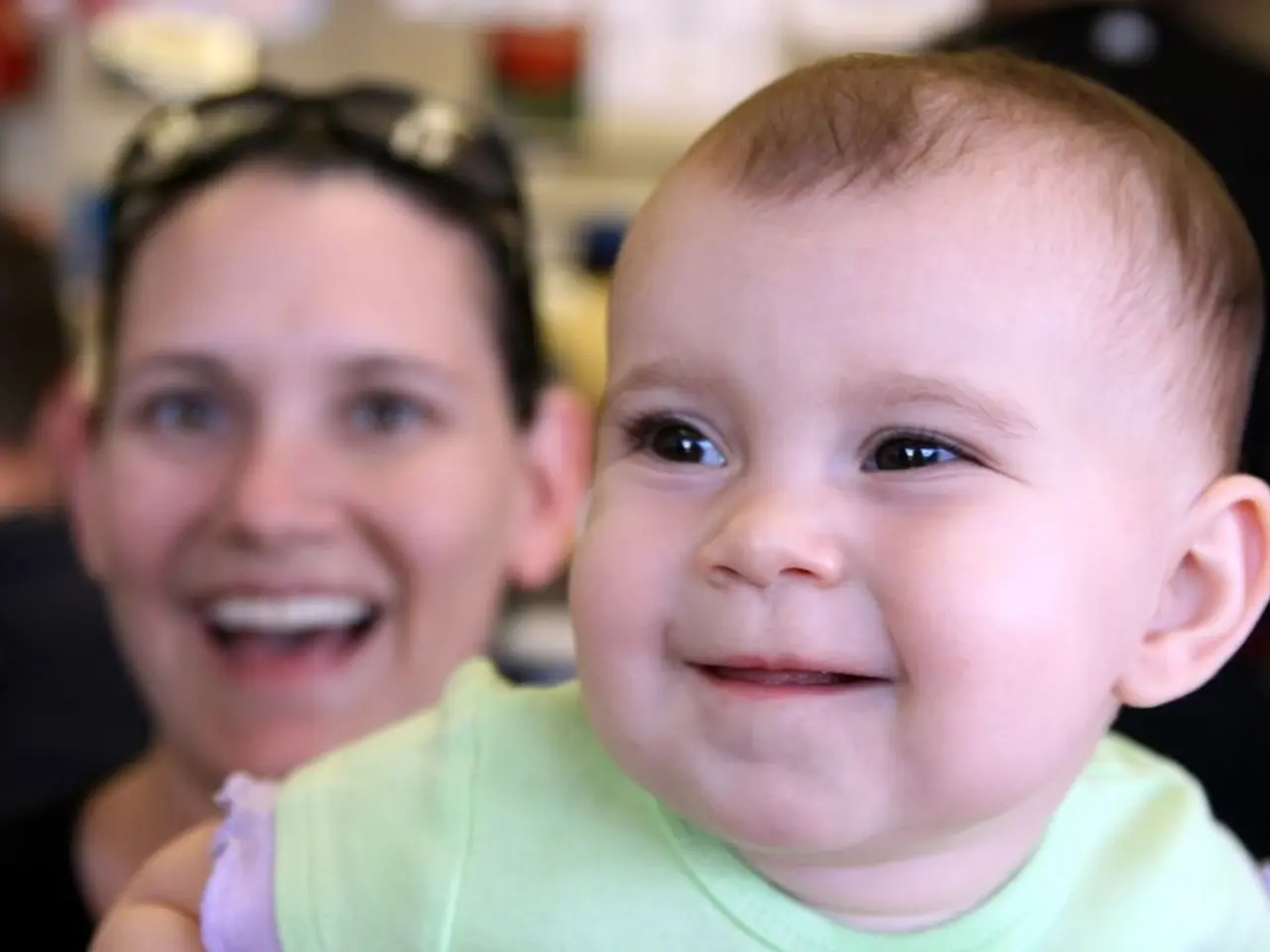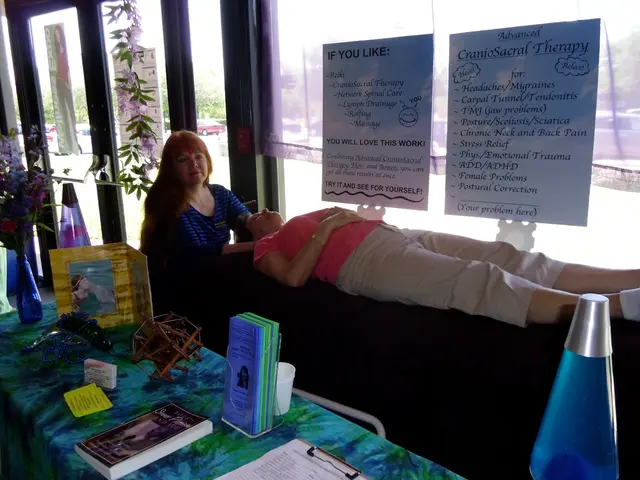Postpartum Mental Disorders: A Comparative Look at Psychosis and Depression
In the world of maternal health, two mental health conditions - Postpartum Depression (PPD) and Postpartum Psychosis (PPP) - are of particular importance. Both are treatable, but it's crucial to understand their differences and unique characteristics.
Postpartum Depression (PPD) is a common condition, affecting an estimated 1 in 5 new mothers. Symptoms include feelings of hopelessness, helplessness, listlessness, insomnia, mental fog, irritability, and appetite fluctuations, as well as physical symptoms like headaches and digestive issues. PPD is characterised by persistent feelings of sadness, worry, and mood swings lasting for months after childbirth.
On the other hand, Postpartum Psychosis (PPP) is a rare and severe mental health condition, affecting approximately 1 to 2 women out of every 1,000. Symptoms are more extreme and include hallucinations, delusions, confusion, paranoia, disorganized thinking, and sometimes suicidal or homicidal thoughts. PPP typically requires immediate medical attention, as it can be accompanied by suicidal thoughts and behaviour, auditory and visual distortions, which can be dangerous.
Risk factors for both conditions overlap, but there are differences. For PPD, risk factors can include a prior history of depression, birth issues, being single or unmarried, living alone during childbirth, financial hardship, and inadequate social assistance. Being depressed while pregnant is one of the biggest risk factors. For PPP, having bipolar disorder or depression, prior episodes of baby blues, being younger than 25 years old, delivering multiple infants simultaneously, going through complications in pregnancy, experiencing stressors before delivery, having a family history of mental health conditions, and being depressed while pregnant are significant risk factors.
Treatment for PPD and PPP also varies. PPD is treatable with therapy, such as psychotherapy (talk therapy, counseling), often in individual or group settings to manage mood and anxiety. Medication, such as antidepressants to stabilise mood, with careful selection to ensure safety during breastfeeding, may also be used. Lifestyle changes, like exercise, sufficient sleep, balanced nutrition, social support, and acceptance of help with baby care, can also help.
PPP, however, requires immediate psychiatric intervention, often hospitalisation. Intensive psychiatric care is required, and treatment may involve antipsychotic medications, mood stabilizers, and sometimes electroconvulsive therapy (ECT). Close monitoring for safety of mother and baby is essential, and family support and sometimes temporary separation from the infant may be needed for safety.
At our website, we strive to provide the most up-to-date, valuable, and objective information on mental health-related topics. Our articles contain trusted third-party sources either directly linked in the text or listed at the bottom to take readers directly to the source. We offer online therapy services for women struggling with PPD or any other condition, using evidence-based methods like online cognitive behavioral therapy (CBT), online dialectical behavioral therapy (DBT), and online psychodynamic therapy.
In conclusion, while both PPD and PPP are treatable, it's essential to understand their differences and seek prompt evaluation by a healthcare professional if symptoms arise. PPD involves mood symptoms like depression and anxiety that develop gradually and can be managed with therapy and medication, while PPP is rarer and far more severe, marked by psychotic symptoms and requiring urgent psychiatric intervention. Both share some risk factors, but PPP is strongly linked to bipolar disorder and psychosis history.
- Understanding Postpartum Depression (PPD) and Postpartum Psychosis (PPP) is crucial in the realm of mental health, as they are significant conditions that affect new mothers.
- Unlike PPD, which affects about 1 in 5 new mothers and is characterised by persistent feelings of sadness, worry, and mood swings, PPP is a rare and severe condition that requires immediate medical attention.
- Treatment for PPD often involves therapy, medication, lifestyle changes, and social support, while PPP frequently requires intensive psychiatric care, hospitalisation, and the use of antipsychotic medications, mood stabilizers, and electroconvulsive therapy.
- Risk factors for both PPD and PPP overlap, but PPD is more likely in those with a prior history of depression, birth issues, financial hardship, and being depressed while pregnant, whereas PPP is strongly linked to bipolar disorder, psychosis history, and delivering multiple infants simultaneously.
- For women struggling with PPD or any other mental health condition, our website offers valuable, up-to-date information and online therapy services using evidence-based methods like cognitive behavioral therapy (CBT), dialectical behavioral therapy (DBT), and psychodynamic therapy.




